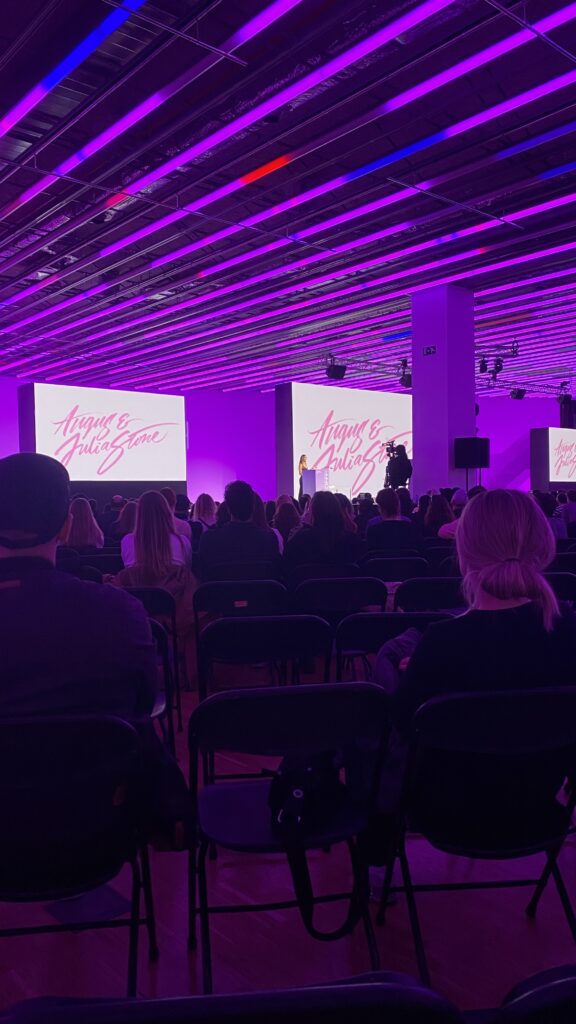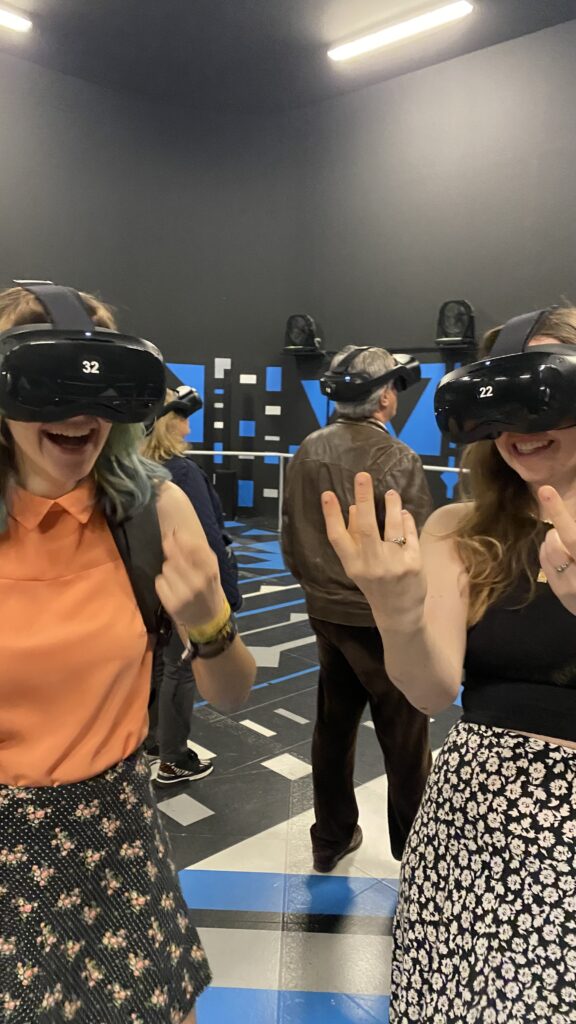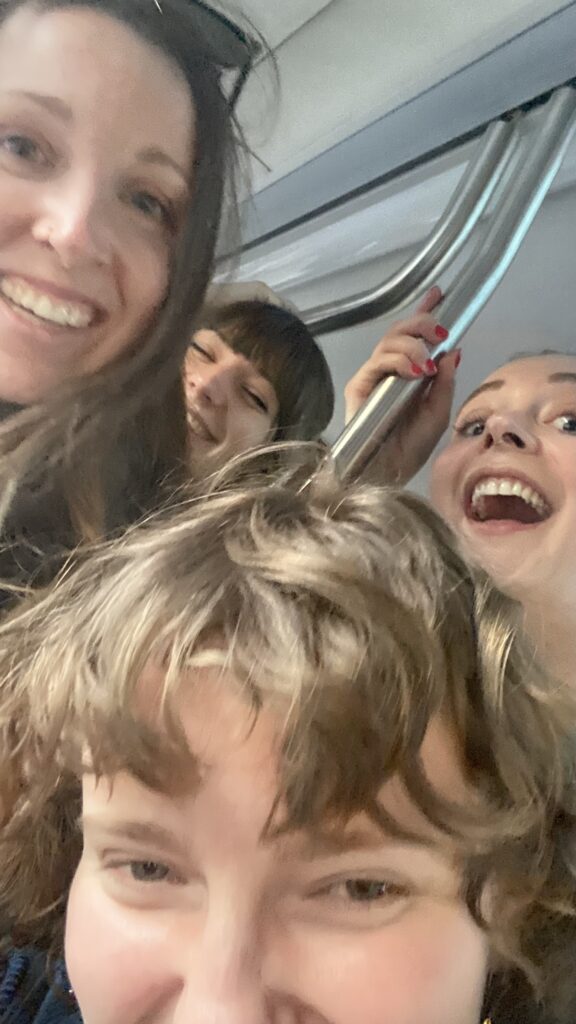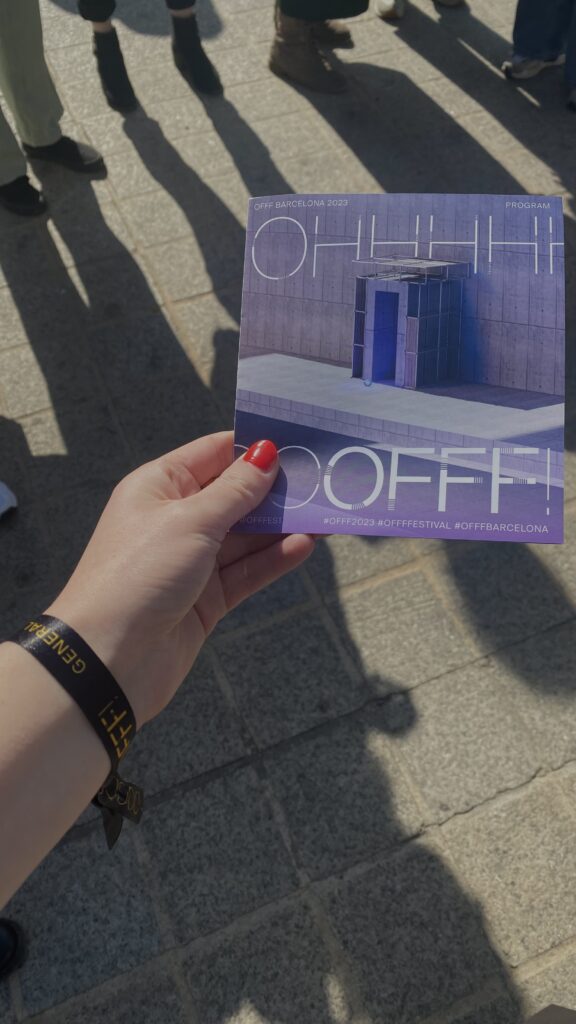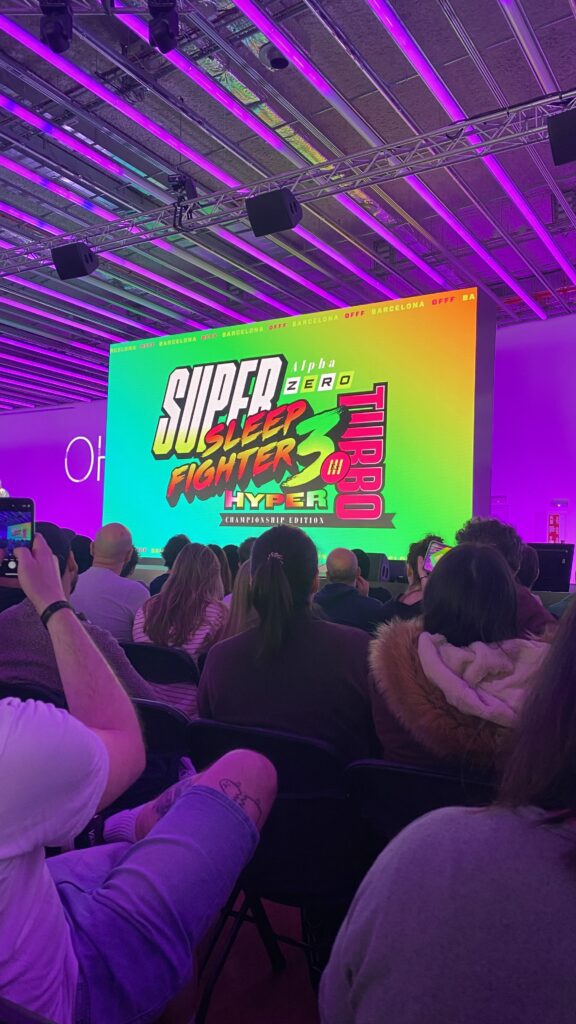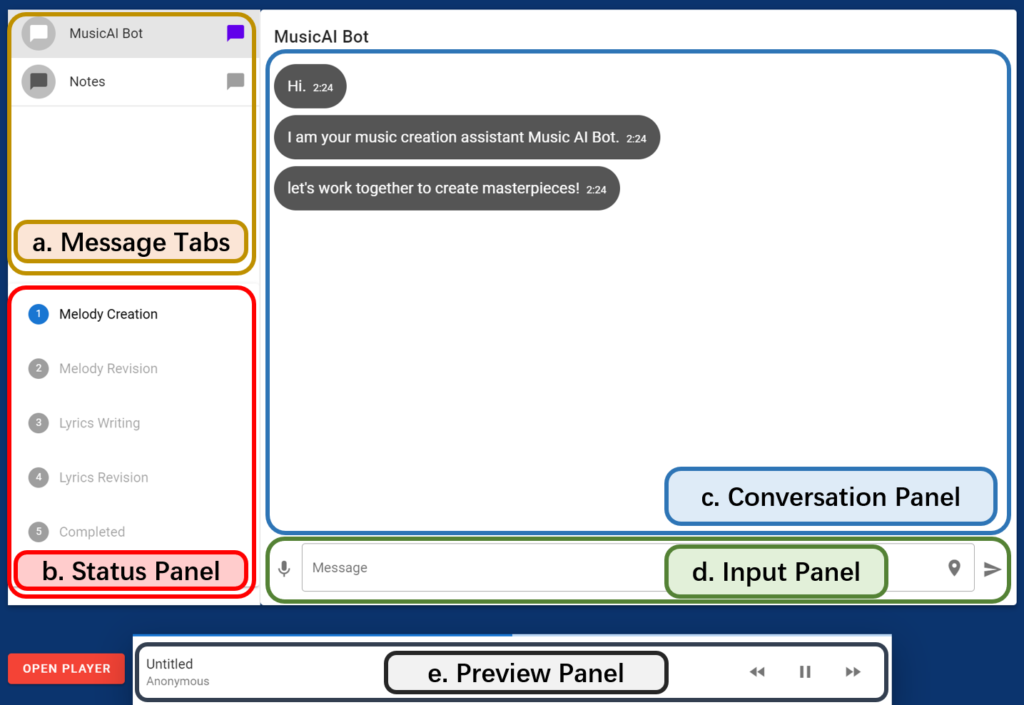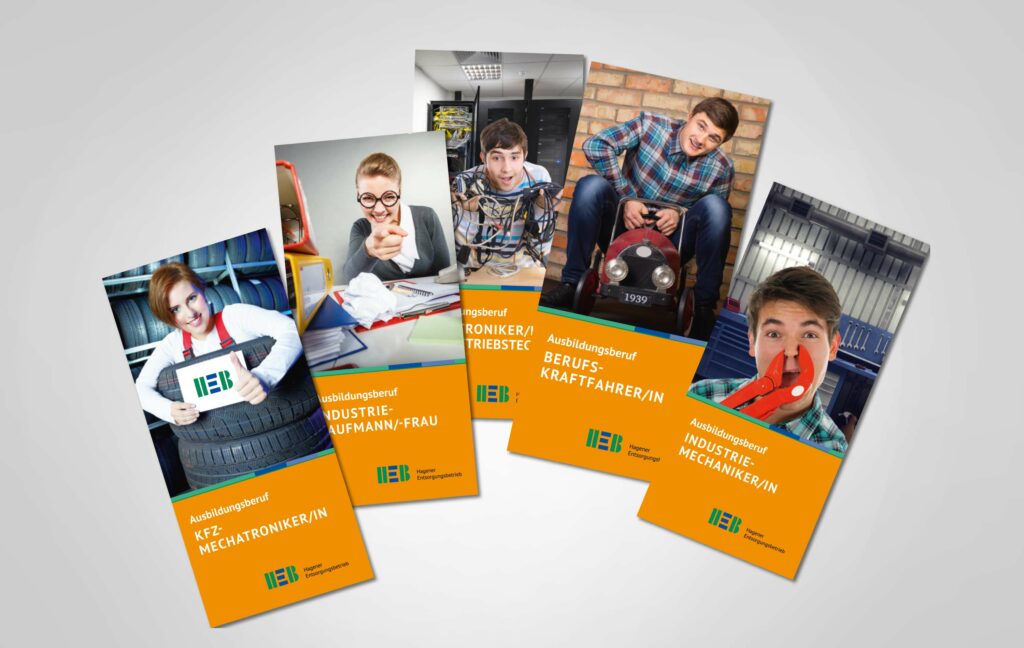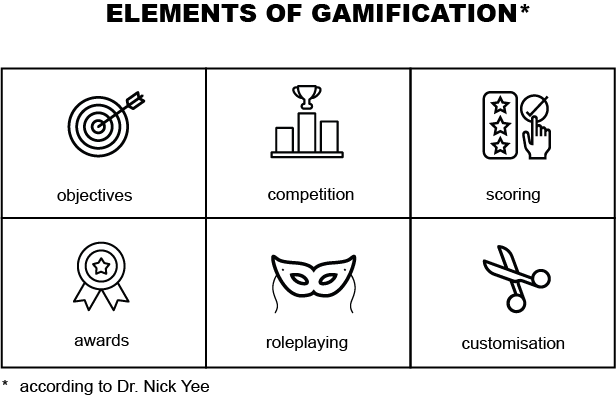Hi everyone. I want to update you on my current status of my Design and Research Blog Entries. As you remember I want to examine if there is a possibility for young people to get realistic insights into apprenticeships. In the first semester I researched the status-quo and numbers of apprenticeships in Austria as well as the formats and communication tools which are already out there. I had an interview with my nephew about his situation and what he learns at school. At the end of my last blog entry I also talked about that I might include new formats into my research for instance Virtual Reality.
I had a meeting with Birgit last week and it was really inspiring to talk about my chosen topic.
This semester I’ll focus on creating a concept for a possible game.
After the excursion in Barcelona, I already started thinking of further steps for my design and research topic. I still need to figure out wheter this is going to be a realsitic approach, but anyway I’ll just tell you my ideas.
I thought about creating two scenarios both taking place in VR.
First scenario: VR Game
I thought of creating a VR-Game inspired by the “job-simulator”. Maybe creating one scenario where the player is working for instance in an garage as a mechanic. The supervisior will give the user simple task which need to be fulfilled e.g. changing a tyre and therefore the user has to go to the drawer and take out a screwdriver or something similar and then the user goes back to the car and changes the tyre. The art style should be comic-like but also more serious than it is in the job simulator game (the game is a bit dorky).
Second scenario: Real life 360° View
For the second scenario I thought of filming a young person following their typical tasks for their work. Therefore the user is in the position of an observer and can look over the trainees shoulder and watch them.
Either way, I need to check out how both of my ideas are feasbile.
I also told Birgit my ideas and she supervised me to start creating a storyboard and a concept and also think about possible interactions for those scenarios. This will be my task for the next blogpost where I will guide you through my process.

